More about MijnOLVG
With MijnOLVG you can view and manage your personal data. You can, for example, see your planned appointments, view test results and ask short questions.
How the cast is applied depends on the fracture or injury to your arm or leg. There are two methods:
The doctor will determine which cast you will receive.
There are two types of cast. The type of cast you receive depends on the fracture and the injury:
If you break your arm, you may need to rest it in a sling.
A sling is a strap with a loop that hangs around your neck. Your arm hangs in the loop.
Your cast will be replaced if you experience pain or if it no longer provides adequate support. This could be the case if, for example:
Watch this video to learn more about the treatment (video is in Dutch):
Your arm or leg may retain fluid and swell. Try to keep your arm or leg elevated to minimise swelling.
Keep your hand higher than your elbow:
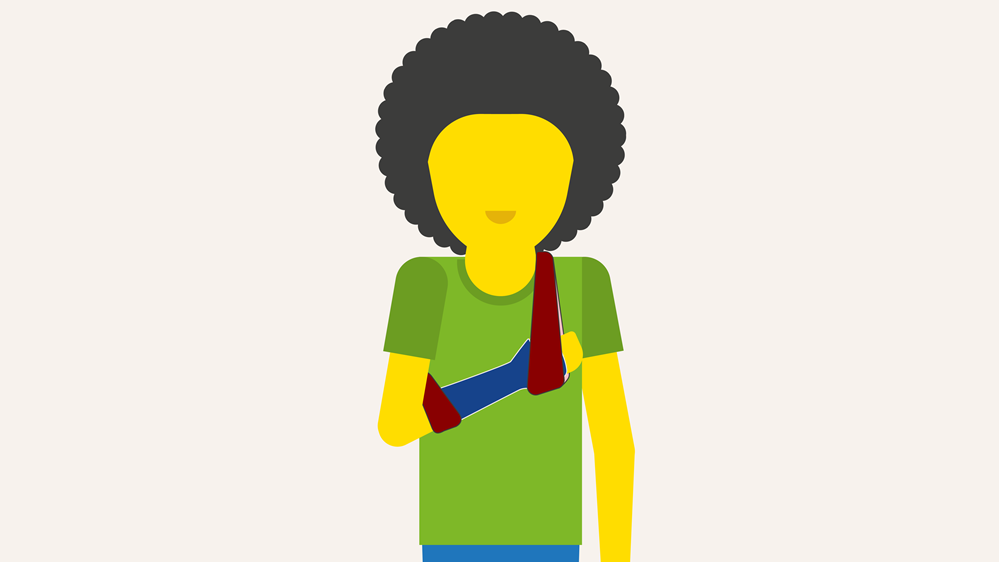
If you wear a sling, take it off at night:
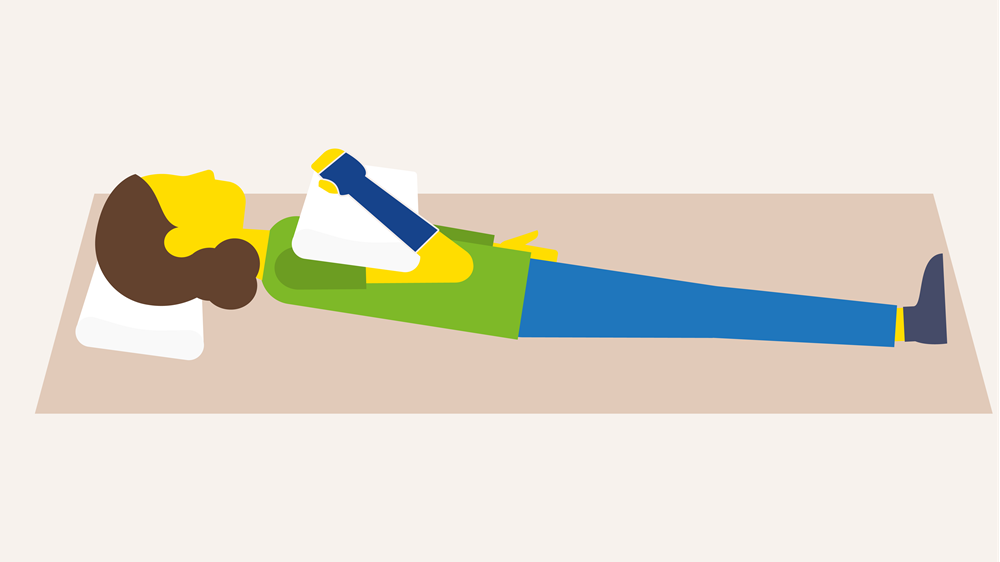
Keep your foot higher than your knee. Keep your knee higher than your hip:
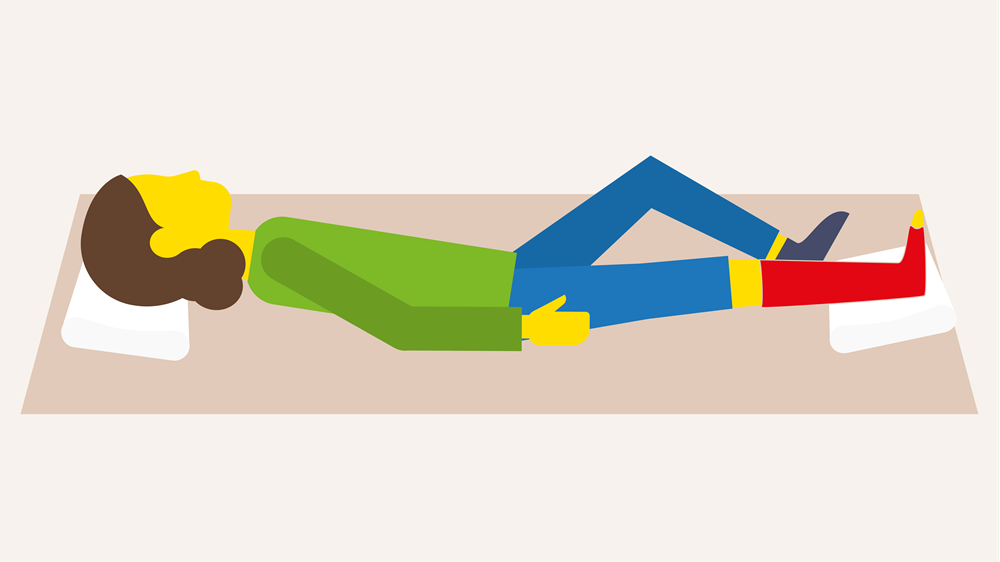
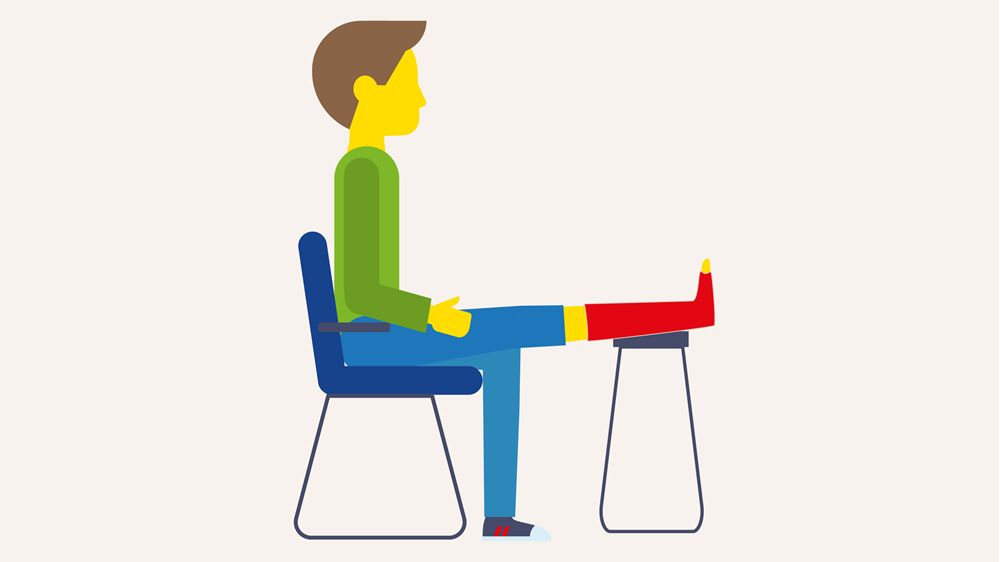
A plaster cast must not get wet. Cover the cast and shower as briefly as possible.
Covering the cast
Itching is a common complaint when wearing a cast. Itching usually comes from moisture or sweat between the skin and the cast. Never scratch under the cast with a sharp object such as a knitting needle, as this can damage the skin.
The following things can help with itching:
A haematoma (bruise) often develops around the fracture. Because blood chooses the easiest route, a bruise can shift. If that happens, your hand, fingers, foot or toes may turn blue. This will go away on its own.
The cast may become tighter around your arm or leg. If this happens, follow the advice under the heading “Keep your arm or leg elevated”.
There is always a little room to move in the cast. As your fracture heals, the swelling in your arm or leg will subside. As that happens, the cast will become looser. This is normal. Contact the plaster room if you have any questions or if the loose cast is bothering you.
Remember that you are not allowed to drive or ride a bicycle with your arm or leg in a cast. If you choose to do so anyway, you will not be insured.
If you want to travel by plane, discuss it with your doctor or casting technician first. The pressure difference in a plane at high altitudes can cause your hands and feet to swell, making the cast too tight. If possible, you will receive a splint, brace or removable cast before your plane trip.
Strict international rules apply, so be sure to check your airline's rules.
Exercise is important for your recovery. Exercise helps blood flow better and keeps muscles strong. Do at least five repetitions of the following exercises four to six times a day.
Take it easy, and do not overdo it. Too much exercise or movement can cause your arm or leg to swell.
This exercise is only possible if your elbow is not in the cast.
Straighten and flex the elbow:
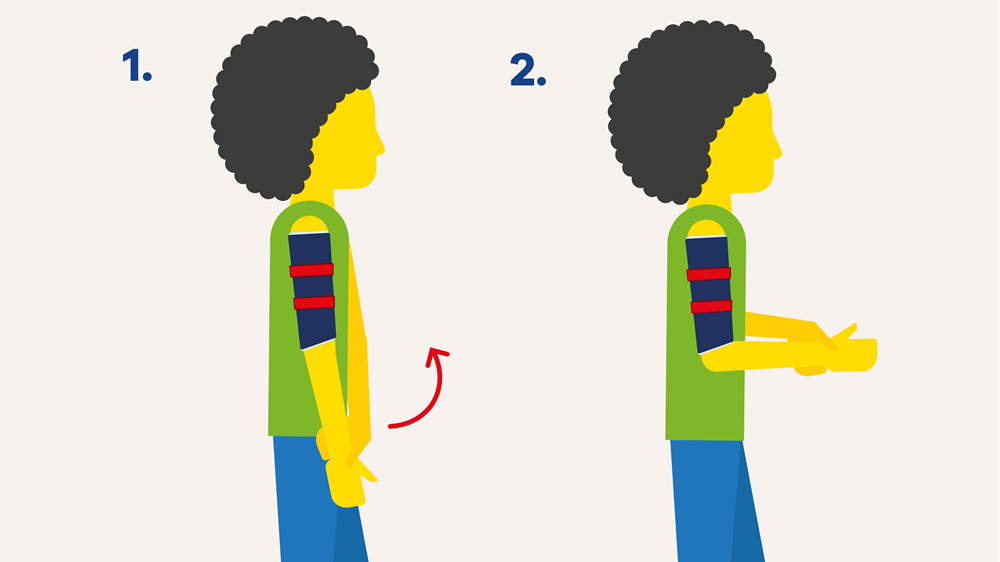
Move your shoulder in circles:
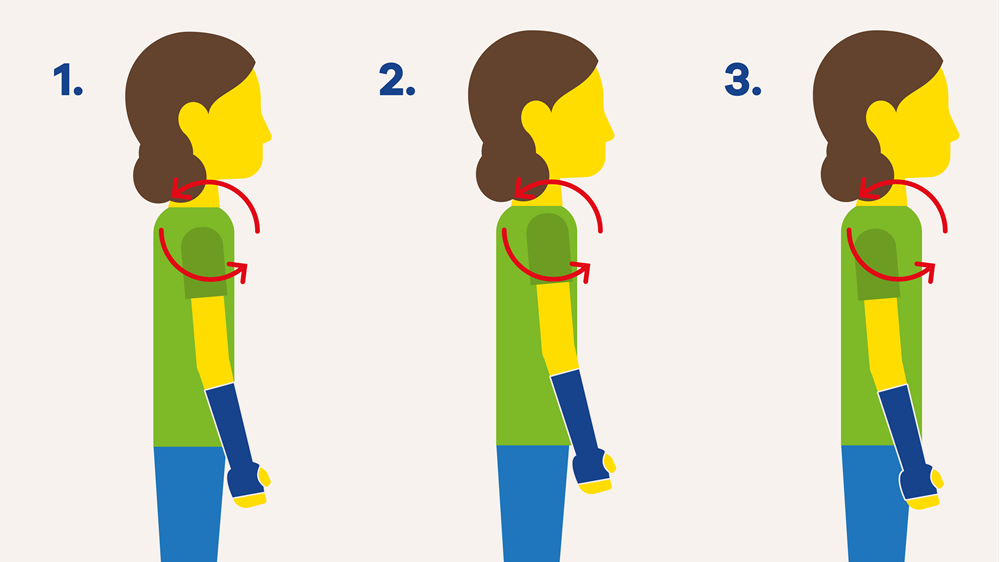
Make a fist. Count to three, and then stretch your fingers.
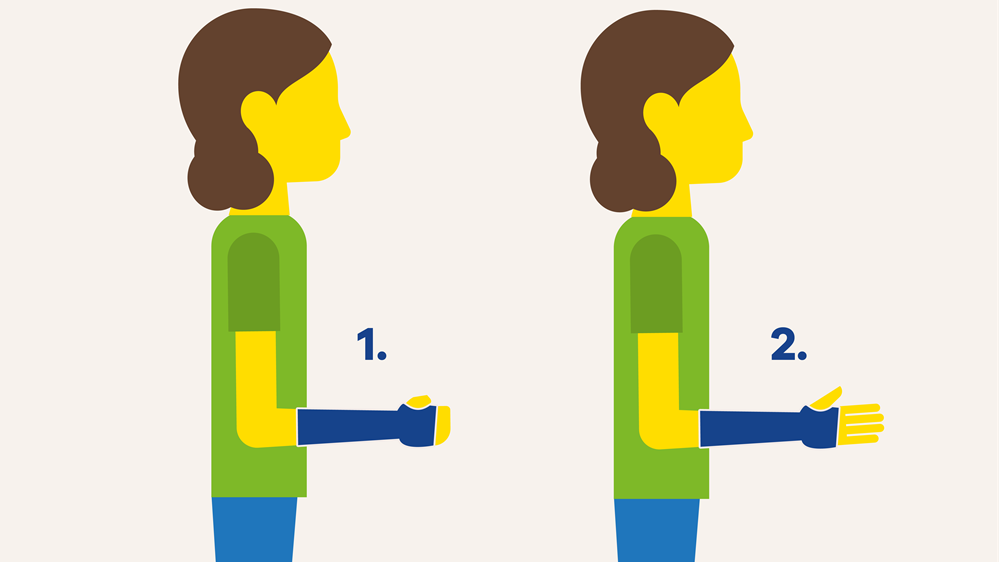
These exercises are only possible if your knee is not in the cast.
Sit down and extend your leg. Count to three and put it down again.
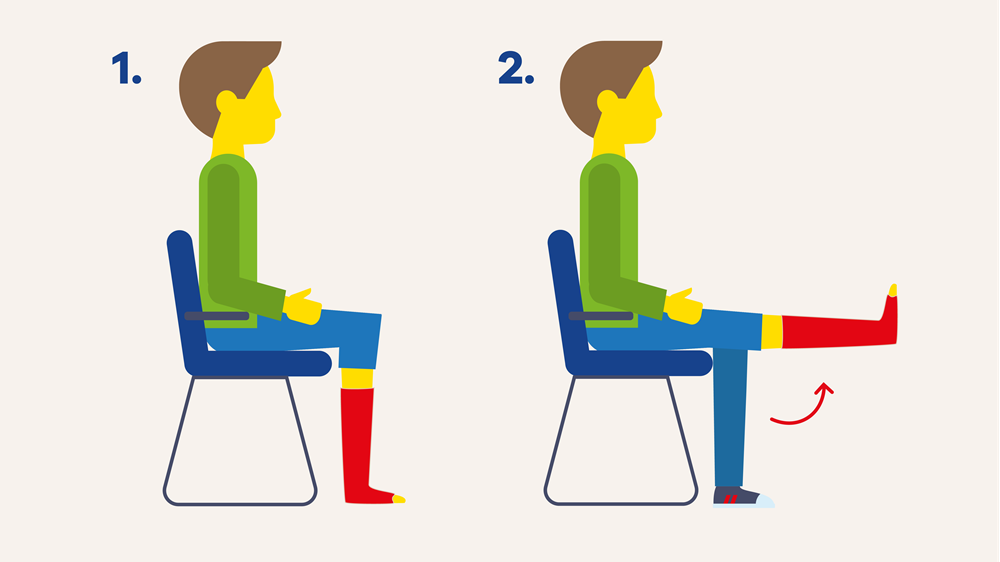
Sit down and raise your leg with your knee bent. Count to three and put your leg back down.
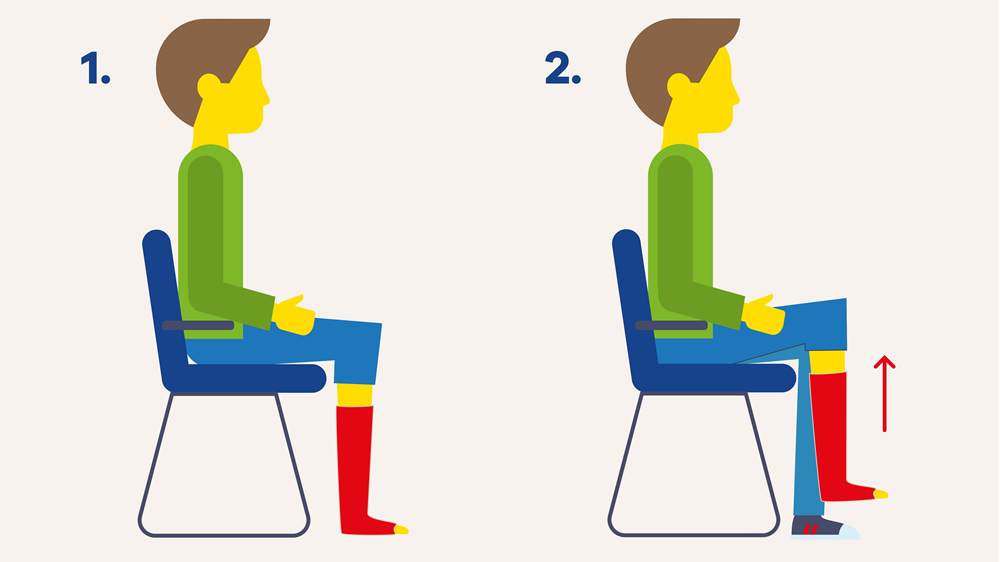
The cast will be removed once your arm or leg has healed. Because your muscles are still weak, you may experience swelling in your hand or foot. This is normal and will go away on its own. Elevate your arm or leg to reduce the swelling.
The cast will be removed at the hospital. When you go to the hospital, you must bring the right equipment.
Call the plaster room if you experience one or more of the following complaints:
If you have any questions after reading this information, contact the plaster room via MijnOLVG or by email. You can also call us on work days.
Plaster room East, P3
+31 20 599 29 60 (on work days from 08:15–16:15)
gipskamer@olvg.nl
Plaster room West, route 6
+31 20 510 80 28 (on work days from 08:15–16:15)
gipskamer@olvg.nl
If you cannot reach the department for urgent complaints, call the Emergency Department via OLVG’s general phone number.
OLVG East
+31 20 599 91 11
OLVG West
+31 20 510 89 11
Call 112 in life-threatening situations.